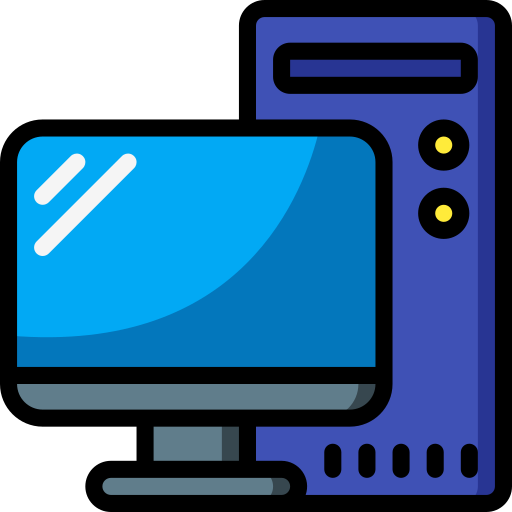I’m still running a 6th-generation Intel CPU (i5-6600k) on my media server, with 64GB of RAM and a Quadro P1000 for the rare 1080p transcoding needs. Windows 10 is still my OS from when it was a gaming PC and I want to switch to Linux. I’m a casual user on my personal machine, as well as with OpenWRT on my network hardware.
Here are the few features I need:
- MergerFS with a RAID option for drive redundancy. I use multiple 12TB drives right now and have my media types separated between each. I’d like to have one pool that I can be flexible with space between each share.
- Docker for *arr/media downloaders/RSS feed reader/various FOSS tools and gizmos.
- I’d like to start working with Home Assistant. Installing with WSL hasn’t worked for me, so switching to Linux seems like the best option for this.
Guides like Perfect Media Server say that Proxmox is better than a traditional distro like Debian/Ubuntu, but I’m concerned about performance on my 6600k. Will LXCs and/or a VM for Docker push my CPU to its limits? Or should I do standard Debian or even OpenMediaVault?
I’m comfortable learning Proxmox and its intricacies, especially if I can move my Windows 10 install into a VM as a failsafe while building a storage pool with new drives.


Why would you install a GUI on a VM designated to run a Docker instance?
You should take a serious look at what actual companies run. It’s typically nested VMs running k8s or similar. I run three nodes, with several VMs (each running Docker, or other services that require a VM) that I can migrate between nodes depending on my needs.
For example: One of my nodes needed a fan replaced. I migrated the VM and LXC containers it hosted to another node, then pulled it from the cluster to do the job. The service saw minimal downtime, kids/wife didn’t complain at all, and I could test it to make sure it was functioning properly before reinstalling it into the cluster and migrating things back at a more convenient time.
I’m a DevOps/ Platform Engineering consultant, so I’ve worked with about a dozen different customers on all different sorts of environments.
I have seen some of my customers use nested VMs, but that was because they were still using VMware or similar for all of their compute. My coworkers say they’re working on shutting down their VMware environments now.
Otherwise, most of my customers are running Kubernetes directly on bare metal or directly on cloud instances. Typically the distributions they’re using are Openshift, AKS, or EKS.
My homelab is all bare metal. If a node goes down, all the containers get restarted on a different node.
My homelab is fully gitops, you can see all of my kubernetes manifests and nixos configs here:
https://codeberg.org/jlh/h5b